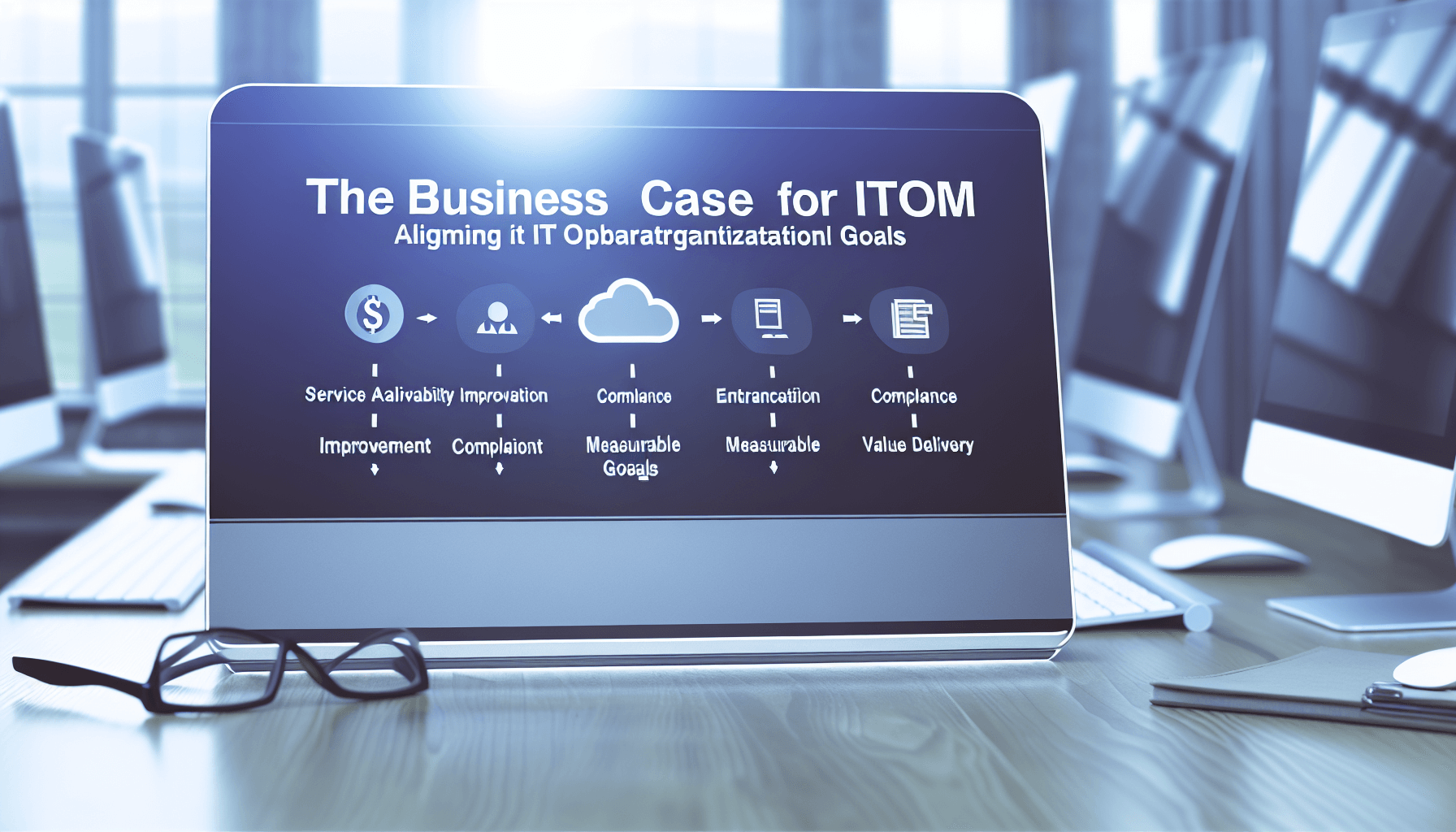AI in Change Management: Streamlining ITSM Processes with Intelligent Automation

AI Change Management in ITSM: A New Era of Intelligent Automation
In today’s fast-moving IT environment, organizations face growing pressure to deliver agile, reliable, and efficient services. At the heart of this challenge is change management—a core ITSM discipline that safeguards stability while enabling innovation. Yet traditional change management often struggles under the weight of manual steps, slow approvals, and error-prone processes.
AI-driven change management is reshaping this landscape. By introducing intelligent automation, organizations can streamline how changes are planned, approved, and implemented. From automated impact analysis to data-driven continuous improvement, AI is transforming ITSM operations. This article explores how AI is elevating change management, the benefits it delivers, key success factors, and examples of real-world impact.
The evolving role of change management in ITSM
Change management ensures that updates—whether software deployments, infrastructure upgrades, or security patches—are introduced without compromising service availability or security. However, many organizations still face common pitfalls:
- Slow, manual impact assessments
- Lengthy, inefficient approval cycles
- Missed dependencies and incomplete documentation
- Human error leading to outages or incidents
- Inconsistent, non-repeatable processes
These challenges limit agility and increase risk. To address them, ITSM leaders are embracing AI-powered automation as a path to smarter, faster, and safer change management.
How AI is transforming change management
AI and machine learning are bringing intelligent decision-making and predictive capabilities to the change management lifecycle. Key areas of impact include:
Automated impact analysis
- AI models analyze historical change records, configuration data, and incident trends to identify potential risks.
- Automated assessments surface overlooked dependencies and predict service impacts with greater accuracy.
- Data-driven recommendations help teams make informed decisions, reducing guesswork and risk.
Intelligent approval workflows
- Change requests are automatically routed to the right stakeholders based on risk level, business impact, and past outcomes.
- Routine, low-risk changes can receive automated approval, speeding up execution while maintaining control.
- Bottlenecks are flagged, and workflows are continuously optimized using AI-generated insights.
Automated rollout and rollback
- Predefined workflows ensure changes are implemented in the correct sequence, reducing human error.
- Real-time monitoring tracks change execution, triggering automated rollback plans when issues arise.
- Post-implementation analysis identifies improvement opportunities for future changes.
Continuous process improvement
- AI surfaces patterns in failed or delayed changes, enabling targeted corrective actions.
- Recommendations align processes with best practices and regulatory requirements.
- Dashboards and audit trails provide transparency and support compliance.
Benefits of AI-enabled change management
Organizations adopting AI in change management are realizing tangible improvements:
- Faster change delivery: Automated approvals and streamlined workflows reduce delays.
- Reduced risk and downtime: Automated impact analysis helps prevent disruptions.
- Greater consistency: Rule-based automation minimizes manual errors and ensures best-practice compliance.
- Enhanced visibility: Real-time monitoring provides actionable insights for governance.
- Higher efficiency: Automation frees up staff to focus on strategic priorities.
- Improved collaboration: Transparent, standardized processes strengthen alignment across teams.
Key considerations for successful AI adoption
To maximize the benefits of AI in change management, organizations should:
- Ensure data quality: Accurate CMDB records, change logs, and incident data are critical for effective AI models.
- Streamline processes first: Automate only after refining and standardizing your existing workflows.
- Maintain human oversight: Use AI to support, not replace, expert judgment.
- Secure stakeholder buy-in: Engage IT, business, security, and compliance teams early to build trust.
- Adopt an iterative approach: Pilot AI in focused areas, measure impact, and scale thoughtfully.
- Prioritize security and compliance: Ensure automation respects regulatory standards, privacy, and access controls.
- Apply strong organizational change management: Provide communication, training, and support to drive adoption.
Real-world examples of AI-driven change management
Financial services firm: Reduced change approval time by 50% and cut change-related incidents by 30% using AI-based impact analysis and intelligent approvals.
Healthcare provider: Improved reliability of EHR updates through automated dependency checks and rollback plans, ensuring compliance and reducing downtime.
Manufacturing enterprise: Lowered unplanned downtime by 55% via AI-enabled automated rollouts and standardized change documentation.
Best practices for getting started
- Begin with a pilot on a small set of changes to validate impact and refine your approach.
- Clean and standardize your CMDB and change records to support effective automation.
- Empower decision-making with AI-generated risk insights to focus CAB efforts where they matter most.
- Use feedback loops to continuously improve workflows and automation logic.
- Provide communication and training to ensure teams understand and adopt AI-powered processes.
The future of intelligent change management
The integration of AI into change management is just beginning. Future advancements will likely include:
- Predictive analytics to anticipate risks and impacts before changes are proposed.
- Personalized risk scoring tailored to business units and services.
- Natural language interfaces for intuitive, self-service change requests.
- Integration with DevOps pipelines for fully automated, end-to-end change processes.
- Adaptive workflows that evolve based on real-world outcomes.
Forward-looking IT leaders will leverage these innovations to deliver services that are secure, resilient, and aligned with business needs.
Conclusion: Unlocking the full potential of ITSM with AI
AI is reshaping change management, helping IT teams move beyond manual processes to embrace intelligent automation, predictive insights, and continuous improvement. The result is faster, safer, and more efficient IT service delivery.
Organizations that start small, iterate thoughtfully, and focus on data quality and collaboration will be best positioned to harness the full potential of AI in change management. Now is the time to take the first step toward intelligent automation — and build the foundation for a more agile and resilient ITSM future.
If you’re ready to explore how AI can elevate your change management strategy, connect with our team for guidance on designing a successful automation journey.















